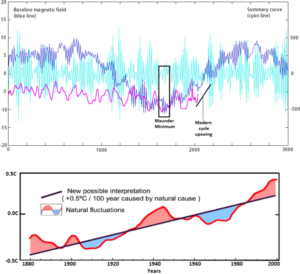by A. Watts, November 4, 2019 in WUWT
President Trump is fulfilling his most important de-regulatory promise. This is a great day for America, and 4th November 2020 when U. S. withdrawal becomes final will be an even greater day.
On the U.S. Withdrawal from the Paris Agreement
Press Statement by Michael R. Pompeo, Secretary of State
November 4, 2019
Today the United States began the process to withdraw from the Paris Agreement. Per the terms of the Agreement, the United States submitted formal notification of its withdrawal to the United Nations. The withdrawal will take effect one year from delivery of the notification.
As noted in his June 1, 2017 remarks, President Trump made the decision to withdraw from the Paris Agreement because of the unfair economic burden imposed on American workers, businesses, and taxpayers by U.S. pledges made under the Agreement. The United States has reduced all types of emissions, even as we grow our economy and ensure our citizens’ access to affordable energy. Our results speak for themselves: U.S. emissions of criteria air pollutants that impact human health and the environment declined by 74% between 1970 and 2018. U.S. net greenhouse gas emissions dropped 13% from 2005-2017, even as our economy grew over 19 percent.
The U.S. approach incorporates the reality of the global energy mix and uses all energy sources and technologies cleanly and efficiently, including fossils fuels, nuclear energy, and renewable energy. In international climate discussions, we will continue to offer a realistic and pragmatic model – backed by a record of real world results – showing innovation and open markets lead to greater prosperity, fewer emissions, and more secure sources of energy. We will continue to work with our global partners to enhance resilience to the impacts of climate change and prepare for and respond to natural disasters. Just as we have in the past, the United States will continue to research, innovate, and grow our economy while reducing emissions and extending a helping hand to our friends and partners around the globe.

